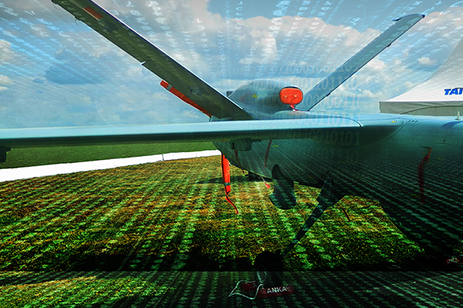
Flight safety is taken seriously in every aerospace application with rigorous regulations and training mandated for operating aircraft. Safety is also critical for unmanned military systems, such as UAVs, missiles and targets. These are typically fitted with a flight termination system (FTS). The purpose of such a system is to allow an individual, such as a range safety officer, to terminate the flight of a vehicle if it presents a risk to people or property.
It's important that the flight termination system operates reliably – if there is any reasonable chance it may fail to operate then a flight should be aborted. One way to provide assurance that such systems are working correctly is to monitor all data from the flight termination system. In an ideal world, a range safety officer would have constant access to real-time built in test (BIT) information from each element of the flight termination system.
In reality, getting comprehensive data creates complications – especially for missiles as space and mass are critically short on supply. All this extra information must be packaged, encoded and sent to ground. In a traditional safety system this typically means extra wiring is required for each parameter. This wiring is heavy, costly and creates a system that is more difficult to install and maintain.
This is partly due to the fact that traditional FTS have parallel wiring strategies, thus one way to address the problem of extra wiring is to move from a parallel wiring system to a serial one. It is possible to implement this by using a multidrop bus i.e. a bus where all hardware is connected to a single electrical circuit.
